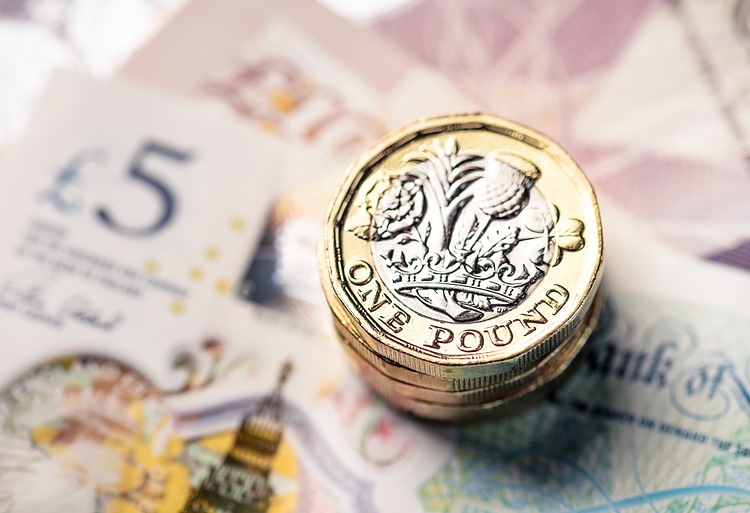The Pound Sterling experienced a retracement from 1.2700 as investors shifted their focus to UK inflation data. Speculations suggest that the Bank of England (BoE) could potentially reduce interest rates in either the June or August meeting. Meanwhile, the US Dollar saw a boost in its recovery as the Federal Reserve maintained a hawkish stance on interest rates.
The GBP/USD pair struggled to extend its upside movement as market sentiment turned cautious and investors awaited the release of the UK Consumer Price Index data for April. The CPI data will provide important cues regarding the interest rate outlook in the UK, with expectations divided between the June and August meetings for a potential interest rate cut by the BoE.
BoE Governor Andrew Bailey had previously indicated that inflation in the UK was expected to fall near its 2% target in the next month, which aligns with the BOE’s forecast. Bailey also mentioned that a significant drop in inflation was anticipated due to unique factors in the UK’s energy pricing system. These factors are likely to impact the next move in the Pound Sterling amid speculation about interest rate adjustments.
The Pound Sterling’s rally faced resistance near the 1.2700 level, with technical analysis showing an advance to the 61.8% Fibonacci retracement level. The GBP/USD pair could potentially see an extension of its upside movement if it breaks above the round-level resistance at 1.2700. On the downside, key support zones for the Pound Sterling are around the 50-day and 200-day Exponential Moving Averages.
The Federal Reserve’s hawkish tone on interest rates has led to a rebound in the US Dollar as policymakers push back market expectations for rate cuts. Despite an expected decline in US inflation data for April, Fed officials have expressed confidence in the current interest rate framework and have hinted towards the September meeting as a potential time for any rate adjustments. This stance has helped lift the US Dollar Index from a monthly low near 104.00 towards 104.66.
The Federal Reserve plays a crucial role in shaping monetary policy in the US, with a focus on achieving price stability and fostering full employment. Through adjusting interest rates, the Fed aims to control inflation and support economic growth. The Fed’s Quantitative Easing (QE) policy is a key tool used during crises or low inflation periods, aimed at increasing liquidity in the financial system. Conversely, Quantitative Tightening (QT) involves reducing the flow of credit by discontinuing bond purchases, which can have a positive impact on the value of the US Dollar.










